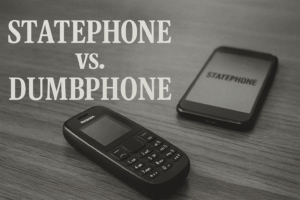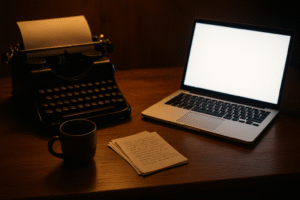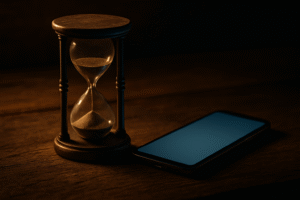
By Dave Carrera
The question
It’s an uncomfortable one, but worth asking. Every new wave of technology begins by imitating us, then slowly replaces what once seemed irreplaceable. Artificial intelligence, especially the new generation of hyper-realistic video systems, is now doing that with faces, voices, and even human desire itself.
If that technology can create convincing versions of people who never existed, it will inevitably reach the industries that trade most directly in the human form. For some, that thought is disturbing; for others, it’s quietly liberating. Because beneath the moral noise, there lies a simple truth: an AI that looks real enough might, for the first time, remove human exploitation from one of the world’s oldest and most damaging markets.
That doesn’t make it virtuous, or even safe. But it raises a fascinating possibility — that progress might occasionally do what laws, protests, and ethics committees have never quite managed to achieve: separate profit from pain. And if that can happen in one corner of industry, what other human costs might technology finally erase?
When progress threatens the performers
No change arrives without someone paying the price. In this case, the loudest protests may come not from moral campaigners but from the people whose livelihoods depend on the old system — the actors, producers, and behind-the-scenes workers who see AI as an eraser of income and identity.
It’s a fair argument. Many who enter that industry do so by choice, seeing it as work, not exploitation. For them, AI replacements could feel like a digital takeover — one more way of being made invisible by machines. That tension is familiar across society: taxi drivers displaced by ride-share apps, journalists by automated news feeds, illustrators by image models. The question is never just can the work be replaced, but should it be, and how we protect the humans left behind.
If AI wipes out the darker side of the adult trade but leaves its legitimate professionals without a living, society still has a moral duty to respond. Perhaps the test of humane progress is whether we can remove suffering without erasing dignity.
The measure of progress
Technology has always promised liberation, yet it often delivers replacement instead. We invent machines to save us from labour, danger, or pain — and then watch as those same machines quietly redefine what it means to be useful, valued, or even seen. AI is only the latest mirror held up to our ambitions. It doesn’t just imitate us; it asks what parts of us we’re willing to outsource.
If a machine can perform the most intimate simulations imaginable, then the conversation stops being about desire and starts being about empathy. What do we lose when we no longer need each other for the things that once connected us, however imperfectly?
Maybe the answer is balance — letting AI strip away exploitation without stripping away humanity. That requires honesty about where technology genuinely heals and where it merely distracts. For all our cleverness, progress will only mean something if it leads to less suffering, not more isolation.
Because the real test of intelligence, artificial or otherwise, is whether it knows how to care.
Hope isn’t what they promise you. It’s how you carry on when they don’t deliver. — Dave Carrera



